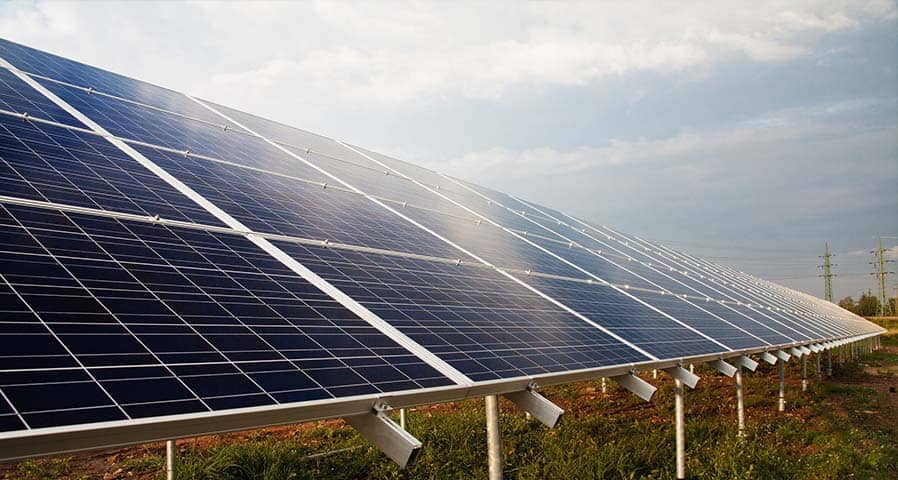Daylighting Controls & Daylight Savings: Optimizing Natural Light Through the…
Studies have shown that natural lighting has proven to improve workplaces by helping employees be more…

What is a microgrid? Unless you know more than the average person about electricity, chances are you are asking what are microgrids and how they affect your daily operations.
Let’s take a brief look at a microgrid, so you can have a better understanding of the electrical system.
A microgrid is a self-sufficient energy system serving a limited and specific area. Think of hospitals, university campuses, business centers, and even some neighborhoods.
The microgrid uses a variety of sources to produce and distribute energy which often includes,
Newer microgrids often store energy, typically in batteries. Some also contain EV charging stations.
The microgrid is connected to buildings on the complex and uses advanced software and controls to ensure optimal operation.
Microgrids have three characteristics that set them apart.
Unlike traditional power grids that supply energy across vast distances, microgrids generate power close to the buildings using the generated electricity.
Traditional grids can lose between 8 to 15 percent of the power they generate in transit, making the process inefficient. Since a microgrid generates power, often in an on-campus building the energy isn’t lost as its distributed around the small area.
Central power grids are prone to blackouts and other disruptions caused by storms and other events. When even a portion of the central grid fails, it can leave thousands across multiple states without power.
A microgrid operates separately from the main grid. It receives its power from other sources, typically renewable energy.
Microgrids are often connected to the central grid, as long as everything is operating smoothly. If an outage occurs, the microgrid can separate itself from the central grid.
Most microgrids come with onboard controllers that manage everything from the generators to the electrical systems in nearby buildings.
The controller is a software-based system that manages your energy supply in a few ways.
The advanced software helps ensure system efficiency whether the electricity is from the central or microgrid.
Sometimes a single renewable energy source is referred to as a microgrid. For example, solar panels on a home.
A microgrid is online 24/7 throughout the year. It uses various power sources to constantly remain operational. Solar panels cannot power a home without assistance from the central grid.
Microgrids are becoming more common as concerns about the central grid’s reliability continue to grow. Severe storms, aging equipment, and cyber-attacks are all real threats that can leave you without power.
To learn more about microgrids and if the system is the right choice for your building complex, contact us today! Call 610-558-9773, email [email protected] or schedule a call that fits your needs by clicking the button below.